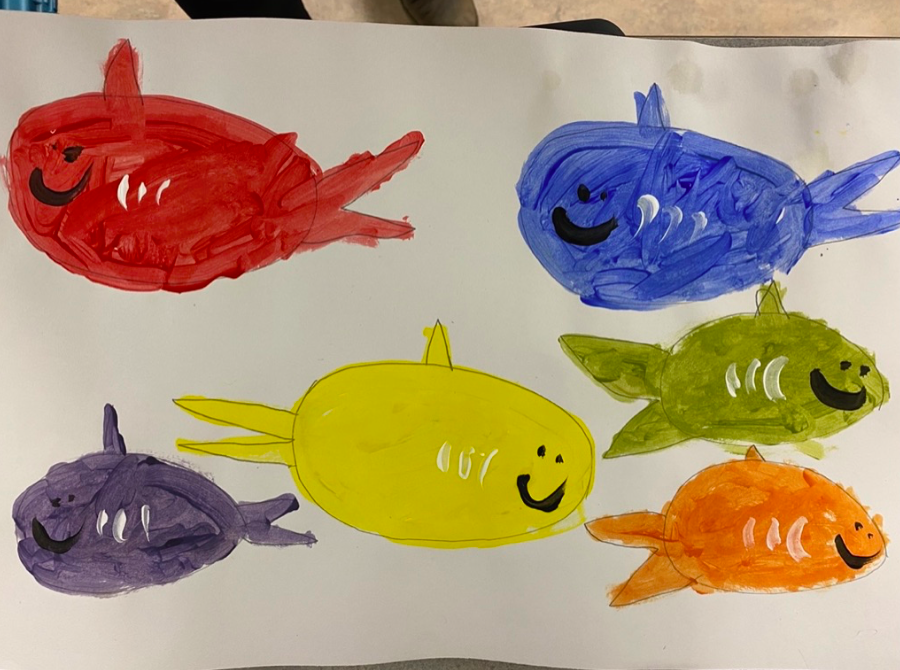A few links to start with or refer to:
Transforming Assessment – BC’s New Curriculum
https://curriculum.gov.bc.ca/node/88
BC’s K-12 Assessment System – BC’s New Curriculum
https://curriculum.gov.bc.ca/assessment
Dylan Wiliam – YouTube – Assessment for Learning
https://www.youtube.com/watch?v=hiu-jY-xaPg
Dylan Wiliam – YouTube – Assessment Strategies
https://www.youtube.com/watch?v=YcJdZGz6ifY
Dylan Wiliam – YouTube – Formative Assessment
https://www.youtube.com/watch?v=sYdVe5O7KBE
Assessment: The Bridge Between Teaching and Learning – from Voices in the Middle, Volume 21, Number 2, December 2013
https://www.ncte.org/library/NCTEFiles/Resources/Journals/VM/0212-dec2013/VM0212Assessment.pdf
Formative Assessment
Throughout my education journey, I have come to realize just how crucial formative and ongoing assessment is. During my experimental practicum I got to be a part of a wonderful grade three class where formative assessment was important because I had a lot of students that were at very different places in their learning. This classroom dynamic meant that me and my coaching teacher were constantly checking in with our students to help determine future lessons that would move the students forward in their learning.
I used to think that formative assessment was something that you did every few weeks or so, to check in with your students to make sure that they were on the right track. I now know that formative assessment can happen every day, in every lesson. My coaching teacher showed me that in every lesson, there should be something that we, the teacher, can take away, review and help us plan for the current needs of our students. I also learned that this assessment doesn’t always have to be a worksheet either. Sometimes at the end of a lesson, a classroom discussion where we ask the students what they learned, what they struggled with, and what they wondered about is a very good way to gage the success of a lesson.
For example, sometimes me or my coaching teacher would do a lesson we were sure the students were ready for, only to find out that only half of the class fully grasped that lesson. When we noticed that our students didn’t fully understand the concept we were teaching, there was no point in moving on, but instead would give a similar lesson from a different approach. If only Joey, Sandy, and Oliva (not their real names of course) are super confident in the task at hand, then it’s important to reapproach the subject for the benefit of the rest of the students. Although, these exceptional learners can be superstars in these lessons and help their classmates who might need a hand.
Learning about how important ongoing assessment is also made me realize how crucial closure and wrap up activities can be. Connecting back to learning intentions and finding ways that students can summarize their learning is crucial for when you want to review a lesson. These activities give us tools to examine the lesson’s success, what are students need going forward, how we can connect to the next lesson and some possible strategies to get there.
This practicum experience opened my eyes to all of the different things that formative assessment has the potential to be going forward in my educational journey. I believe that the more time I have in classroom settings such as this, the more I will learn about how to best fit the needs of my diverse and brilliant little learners.
